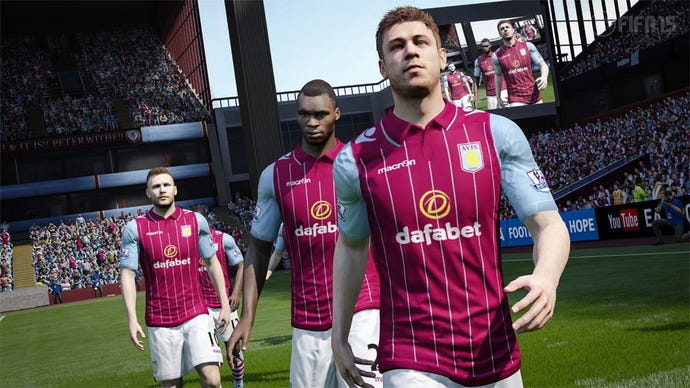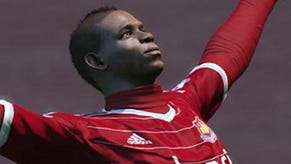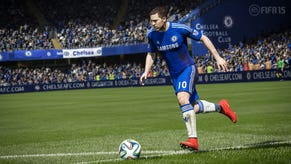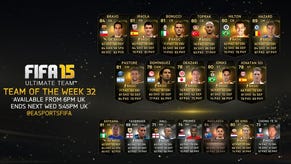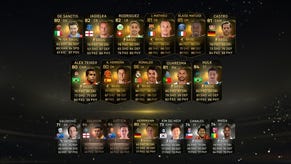FIFA 15 Ultimate Team guide: building your team
The "team" part FIFA Ultimate Team is kind of important. Here's how to go about building one.
FIFA 15 Ultimate Team guide - building your team
There is value in bronzes and silvers.
Most players will dive straight into playing with gold-rated teams, but it is useful to judge bronzes and silvers in their own mini-markets. All three types of cards have value and are often integrated into the most creative sides.
The third tier remains extremely cheap. Bronze squads level the playing field between veteran FUT users and inexperienced gamers, as these sides are generally less susceptible to those who pay FIFA points in order to gain an advantage. You can buy the best bronzes from the very beginning, meaning you don’t have to worry about deploying Chris Smalling against Zlatan Ibrahimovic on a regular basis.
Identify key stats, don’t just focus on the overall number.
Highly rated silvers, especially pacey forwards and powerful midfielders, are likely to eclipse the cost of most golds. Enner Valencia, West Ham’s speedy new striker and Ecuadorean World Cup hero, is currently selling on bid for around 30,000 coins. Cheikhou Kouyate, his physically imposing midfield team-mate, also costs well into double figures when many gold cards aren’t worth more than their 300 coin discard price.
Valencia and Kouyate are examples of players whose best attributes distinguish them from the rest. FUT15 is about finding the right talent for your needs, even if his card rating is lower than an alternate option. Kouyate possesses a rating of 71 overall, but he is an expert at overpowering opponents ahead of your defence with his 86-rated strength and 87-rated sprint speed.
Tom Cleverley’s card is rated 74 (honest), but he doesn’t come close to offering the same quality in a defensive midfield role. If you want someone to inaccurately pass sideways, however, he’s your man.
Individual work-rates and tactical commands are key this year.
One of the most commonly overlooked attributes is the attacking and defensive work-rates of each player (always presented in that order). These are rated low, medium or high and can be found with a click of the right stick on any outfield selection when setting your team up. This year, when space to operate is particularly tight, these hidden stats gain greater prominence.
Work-rates, combined with individual instructions, will define how your team functions. For example, a high/low full-back will regularly burst up the flank to support attacks, but may be slow when tracking back. Reverse these work-rates and expect to deploy a defender who will barely move beyond the halfway line (particularly useful for centre-backs).
Identifying exactly what work-rates you want over the entire pitch is paramount to success. Online play in FIFA 15 tasks you with capitalising on small gaps in midfield, which can be increased if you find the correct formula to battle your opposition’s work-rates. Is your centre-back mimicking David Luiz’s World Cup showing for Brazil and heading forward at any given opportunity? Substitute him for a wardrobe instead.
FIFA 15’s individual instructions also provide you with additional options when determining the most prolific balance. Experimenting is key if you wish to work out the optimum moment you should tell a player to roam freely, or offer greater width on the counter. You wouldn’t fire up Battlefield 4’s multiplayer without trying out a range of sights on your weapon, so the same principle applies here.
